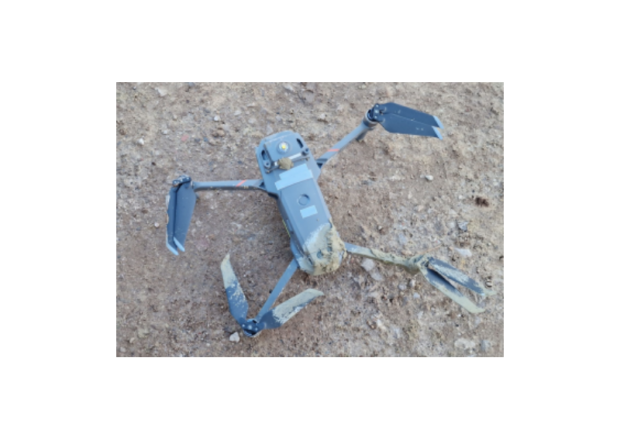During an aerial survey flight, the UAS detected a rapid loss of battery power and initiated an immediate automatic landing. Whilst descending, its flight behaviour became erratic, control was lost to the remote pilot, and the UA struck an uninvolved person before hitting the ground.
The UAS was planned to fly as part of a survey to monitor progress on a construction site, to take images along the front and across the site within the property boundaries agreed with the client. Weather conditions on the day were good visibility, low winds and moderate temperature. The flight started from a location towards the rear of the construction site, approximately 300 m from the site frontage. The remote pilot then flew the UA to approximately head‑height and completed flight control checks, where the battery indicator showed 95% but rapidly dropped to 88%. The pilot continued, manually flying the aircraft at a height of 50 – 60 m over the construction site towards a point approximately 50 m from the site frontage to record the image
The pilot received a critically low – landing battery notification and the UA initiated automatic landing1. The UA was observed to fly in an erratic manner, and the pilot stated he had limited lateral control available to enable him to fly it into a clear area. It came close to houses under construction and stopped responding to control inputs. The pilot described it as then “appearing to descend too fast, despite the propellers spinning”, before going out of sight behind some construction materials. The UA struck a site worker on their arm, dropped into some cement, and fell to the ground. The site worker was not injured.
It was not possible to determine a cause for the loss of battery power or the flight behaviour. There may have been an opportunity during flight control checks to consider unexpected battery discharge rate as a reason to abort the flight.
The full 4-page report can be accessed here.

